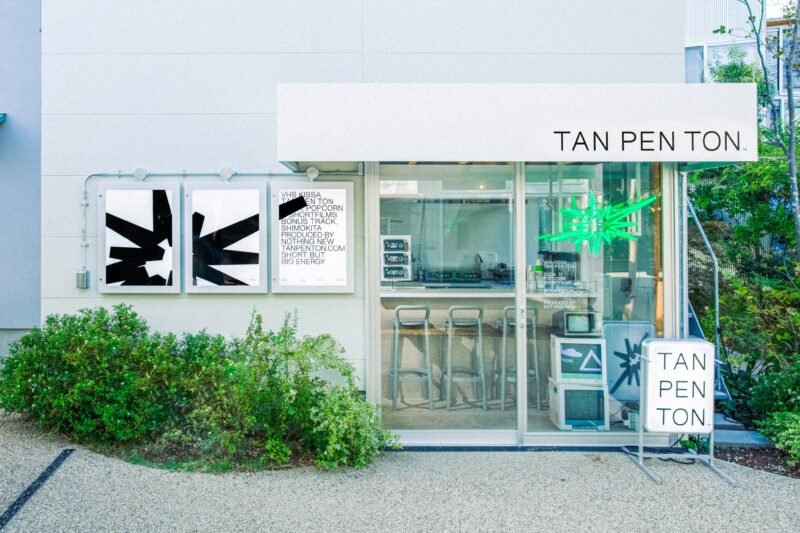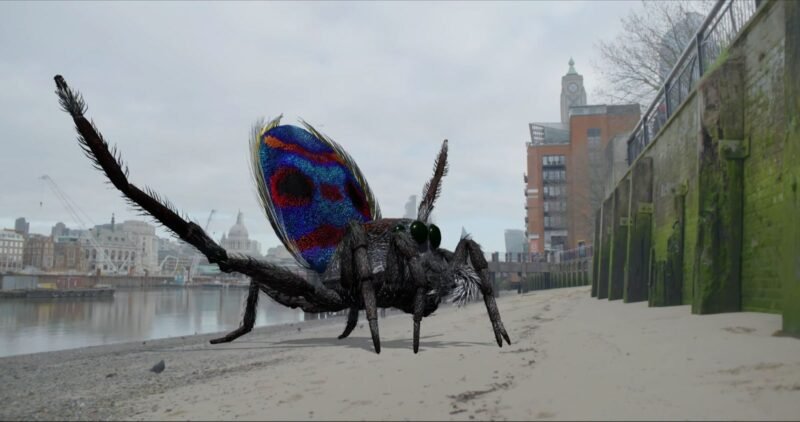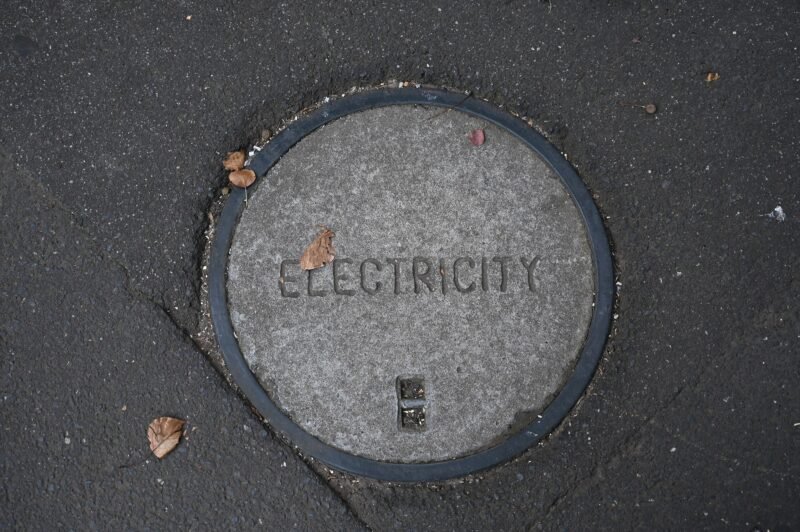Trend 2: Secret Urbanism And New Exclusivity
Bottom-up, open data, open source, open design, co-creation, crowd-sourcing. The last years have been marked by a trend of openness that’s driven by the geeky side of Internet culture, and driven further by things like the economic crisis and the democratic deficit. Whether it’s about WikiLeaks’ struggle for open information or the attention for participatory urbanism, we all go ‘inclusive’. However, there’s no culture without counter-culture.
The excessive appreciation on openness of the last years leaves space for a new movement that’s slowly becoming visible in our cities and in urban lifestyle, and that’s focused on exactly the opposite idea: exclusivity. Increasing numbers of organizations, brands and people seem to realize that keeping things exclusive, and sometimes even secret, adds value and quality. In the nightlife scenes of modern world cities, (private) member clubs have a reputation as a successful tool to ensure exclusivity. Some of them are organized around interest groups, others around professional fields, or even sex — this article in The Guardian earlier this month describes the current rise of exclusive single-sex clubs and societies in London. With classic (private) member clubs like Soho House, Boujis and Adam Street, the British capital and also New York could be considered the World’s Member Club Capitals. A recent trend shows that the idea of exclusivity is appealing and extends beyond nightlife. New forms of exclusivity emerge in cities across the world as a form of urban lifestyle and a city-making.


The examples mentioned above are forms of exclusivity with a member club idea behind it. To get access to exclusivity you’re required to have the right profession, skills, financial status, or sex. Another requirement that’s becoming more popular is curiosity — how many efforts you’re willing to invest to discover something. This form of exclusivity is often used in forms of ‘secret urbanism’, as we call it. Nothing seems to be more exciting than hidden elements in the urban fabric. We see this way of thinking emerge in food en beverage, as well as in retail.


Brazilian architect Alan Chu designed this remarkable secret shop for a local tea brand in a shopping center in São Paulo. When closed, the Gourmet Tea Store is hidden behind a multi-colored wall. During opening times the wall transforms into a fully equipped shop as the counter slides forward from beneath a purple hatch, shelves are wheeled out from behind a grey panel, and a cupboard emerges from behind a large brown door. Even the sign of the Gourmet Tea Store is hidden. Even a big fashion brand like Abercrombie & Fitch has experience with stores that are more or less ‘hidden’ (except for the long waiting lines that are usually in front of their building). Their store in Copenhagen is sort-of hidden behind doors that only have a little Abercrombie & Fitch logo next to them — nothing more than that.



This coolness of ‘secret urbanism’ is likely to have its roots in New York City’s contemporary speakeasy bars. Some of these bars try to maximize exclusivity by not even having a name, let alone a sign above the entrance. Visitors need to know which doorbell to ring. And how many times to ring it. And what to say when the intercom speaks to you. While many secret bars are ‘stand-alone’, others are spaces that are hidden within a space. In that case you have to enter the secret space through another space, which can be anything varying from a kebab shop to a launderette. This recently opened burger bar in Amsterdam, for instance, seems to accommodate a secret cocktail bar that’s not-so-easy to access.

Street Dinner is a restaurant in the town of Ferrara, Italy, that combines pop-up thinking with exclusivity and secret urbanism. People who have made a reservation receive separate tickets for aperitifs, a table and two chairs, and two dinner menu choices, and will receive text messages that reveal location information. The first message explains where the Welcome Aperitif will take place. An hour before dinner, a second text message will tell you where to pick up your table, chairs, and the ‘mise en place’ for your table. The third text message will finally reveal the location where we will have the dinner will take place.

A recent trend is that exclusivity concepts pop up on the Web. ASMALLWORLD, for instance, is a private community of internationally minded people from around the world. Members share similar backgrounds, interests and perspectives. The platform offers tools and user-generated content to help members manage their private, social and business lives. Open knowledge? Exclusive knowledge! To become a member you have to be invited by someone who’s already a member. Another, rather brilliant example is The World’s Most Exclusive Website, a private members club for Twitter users to hang out. You can only get in when you belong to the selected group of people with an officially verified Twitter account.

A concept that perfectly shows how exclusivity patterns and structures on the Internet are introduced into ‘real life’ was introduced in an article on Pop-Up City that featured Playhouse in Los Angeles, a trendy and famous nightclub that gives VIP treatments to visitors with a Klout score of 50 or above. It’s not the clothes you wear or the thickness of your wallet that decides what treatment you get, but how influential you are on the Web. Also Matthijs Munnik’s Little Bird is worth mentioning here. This digital bird is able to chirp secret messages right there where everybody hears them.
This article is part of Pop-Up City’s Trends for 2013. Reflecting on what we’ve written in 2012 and looking into the new year, we’ve composed a new list of remarkable trends that we consider to be important for our cities in the coming time. Feel free to contact us in case you want to learn more about our reports.



